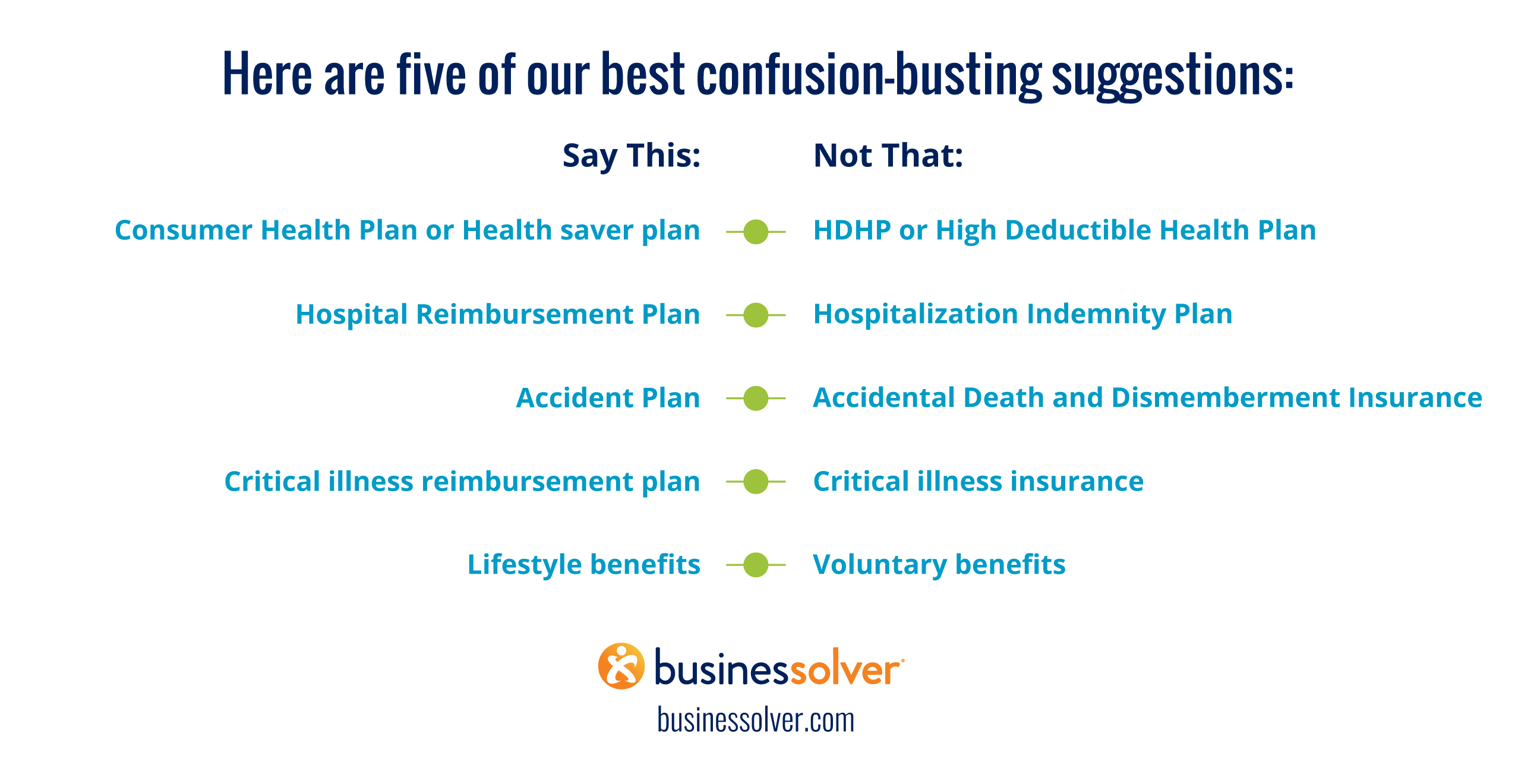The jury seems to be out on whether people read. Studies suggest that when self-reporting, people say they don’t read a lot, especially younger people.

But, look around and watch individuals interacting with their phones, and you may get a different impression. They are scrolling through emails and texts, checking out postings and comments on social media, and catching up on the news. It’s not the reading of yesteryear, but we are still interacting with words—just differently than we used to.
Today, we are used to short, simple content. We like things presented in lists. Visuals like infographics or short videos—preferably featuring cute baby animals—help us engage. We stay informed and connected with information we can consume on the go.
The same is true when it comes to benefits communications. Yes, benefits are part of work, so you could argue that employees should approach learning about them like they approach any other work assignment. If they’re told their AE materials are important and they should review them carefully, why aren’t they taking it seriously? Why aren’t they happy for all the details we’re providing them?
It’s because we aren’t thinking like marketers when it comes to benefits.
Consider how you process information on topics that aren’t obligatory. Do you read the paper cover to cover each morning, or do you skim headlines on your phone or computer when you have a few minutes? Do you dutifully look at every story, or just click on the ones that interest you? Do you set up content preferences on favorite feeds so you only receive information that’s relevant to you?
Employees are no different than us. While benefits may be our bread and butter, for them it’s just another thing they have to manage in their already busy lives. More than anything, they want relevant information in digestible chunks.
It may not be possible to morph your existing benefits communication approach into a slick content marketing campaign before this fall’s Annual Enrollment season, but you can make progress. Here are three techniques to embrace as you create AE content:
Increase readability with shorter words. One component of readability scoring is the length of words. Some basic benefits terms are long words, and there’s really nothing we can do about that. Consider words like deductible and coinsurance. They aren’t going away anytime soon. So, balance these complex words with simple words whenever possible. For example, my personal favorite low-hanging fruit is to replace utilize with use. You save two syllables and a bit of space, and it means exactly the same thing. Here’s another real-life example in a typical benefits sentence.
- Factual: Your ABC Company benefits commence on the first of the month following your date of employment.
- Better: Your ABC Company benefits begin the first of the month after you start work.
Shorter sentences are better. Another aspect of readability is sentence length. Long, complex sentences with lots of punctuation can be difficult to understand, and they may turn your reader off. What often helps is to try and write like you’re speaking to someone in person.
- Factual: ABC Company offers a comprehensive suite of benefits so you can choose which options best fit your needs and the needs of your family.
- Better: ABC Company offers many different benefits options. Having lots of choices means you can pick the plans that work best for you.
Use examples to explain. The best way to deliver information is with a combination of words and visuals. Infographics are great, so if you have an internal marketing team or can hire outside help with creative design, I would strongly recommend it. Even in the absence of professional support, you can make benefits information more digestible simply by adding bulleted lists with examples.
Here’s how it could look.
The hospital reimbursement plan pays you if you or someone in your family needs to stay in the hospital.
- When there’s a new baby.
- If someone needs surgery.
- Because of a serious illness or accident.
When it comes to benefits communication, readability is key. And, that means using short words and short sentences, and including examples for clarity. Remember: We don’t need employees to be benefit experts, just good solid users.
Want more information on how to make benefits communications simpler?



